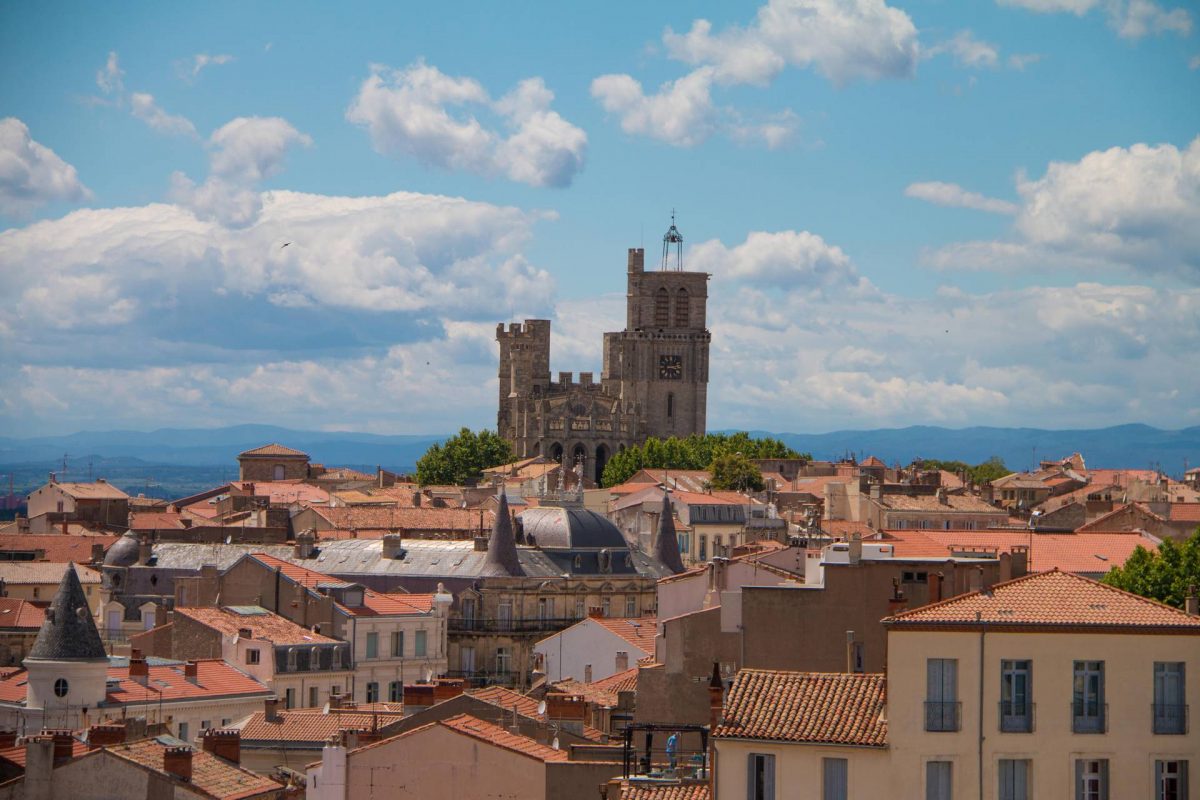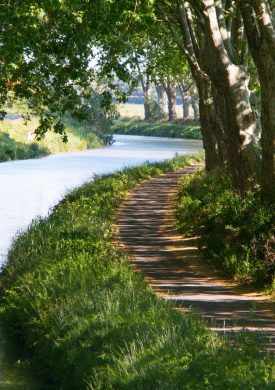On 29.11.2021
Reading time: 2 min
Who’d have thought that Béziers has been around for almost 2646 years? Digital makes life and communication far easier now but it looks like our Greek friends came to settle here for centuries despite not having any smartphones, planes and being 3000km away from us (on land).
Archaeological digs between 1985 and 1986 under Place de la Madeleine unearthed items proving Greeks lived here around 600 BC (potentially within just a few years of the Phoenician city of Marseille’s foundation). But there were too few items found back then to prove an entire city was here.
Constant excavations and surveys enabled archaeologists to prove there was a city here. It wasn’t Phoenician but Dorian (one of the four major ethnic groups in Greece at the time), called Béziers I and more recently known under its true name: Rhòde.

That’s right, Béziers was actually our “Western Rhodes” and most likely founded by people from the Greek island of Rhodes itself. The Mediterranean basin helped countless discussions along to prove the name historically linked the two cities.
The in-depth analysis of recent discoveries and the precise date of 625 BC make Béziers the oldest town in France.
Find out Béziers’ real name in the 7th century BC in the book by Elian Gomez (Béziers archaeology department) and Daniela Ugolini (archaeologist and CNRS member) entitled “Sur les chemins de Béziers grecque” (available to buy at Le Chameau Malin in Béziers).
The two authors also tell us that “Rhòde Biterroise” (Béziers Rhodes) was a major trading point because of its prime location and its production of ceramics and pottery (lots have been found alongside kilns used to bake them). Aside from these findings, there’s proof of an entire urban landscape here with private habitats (houses), shops, structured roads, fortifications and more.



Why?
Because Béziers has lots going for it!
First of all, it has lots of hills which make great headlands to expand a city and protect it from attackers. Fortifications were found on Saint-Jacques Hill which could have been a surveillance post for the town; the town itself was built on Saint-Nazaire Hill, a natural headland. The Heraklion Way (the main road) went onto become the Roman Via Domitia and ran between these two hills (now Rue des Canterelles).
Secondly, being close to the Orb River meant people could travel towards land and sea. It also helped farming and vine growing to thrive.

Spring saw recent archaeological digs take place as part of the “acropolis” project. Who knows, we may soon find out new information that turns everything we know about our town’s history on its head.
Stay in touch and keep up to date. Until next time, enjoy!























